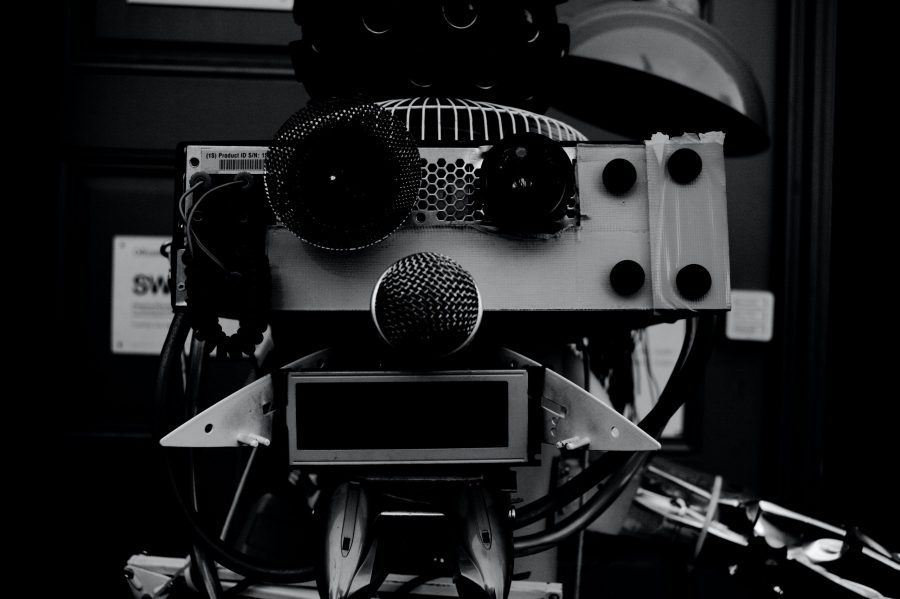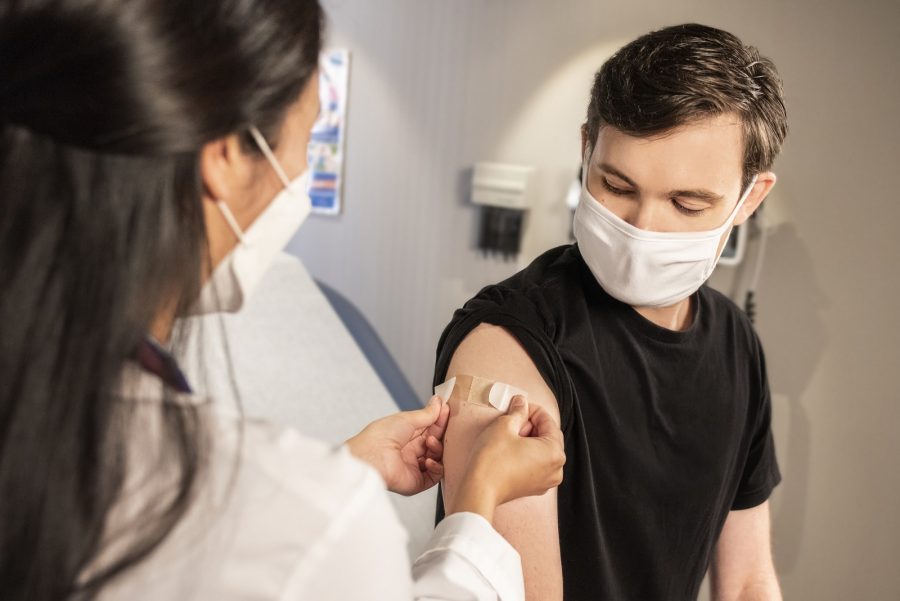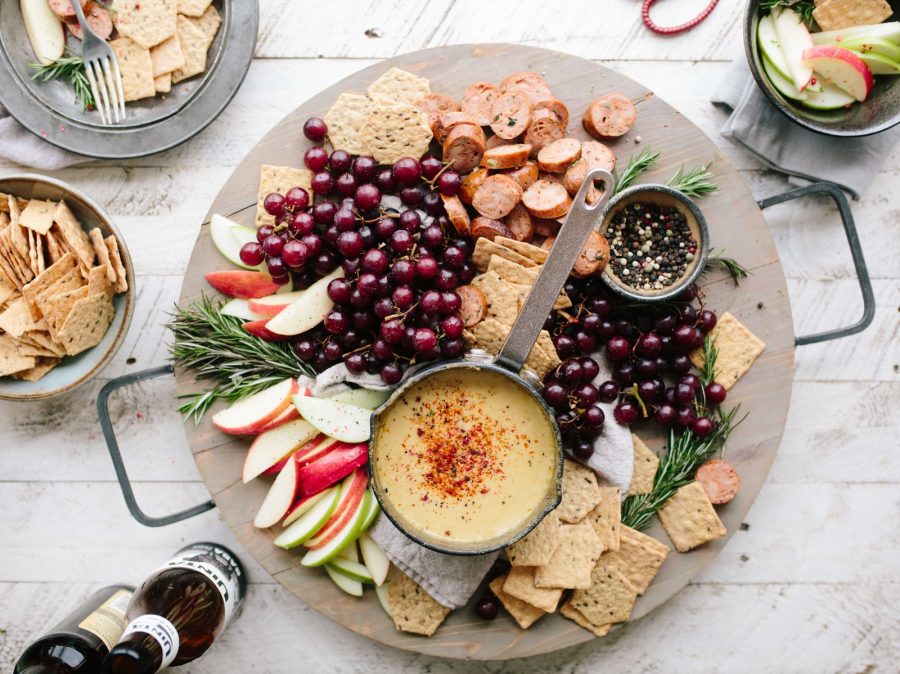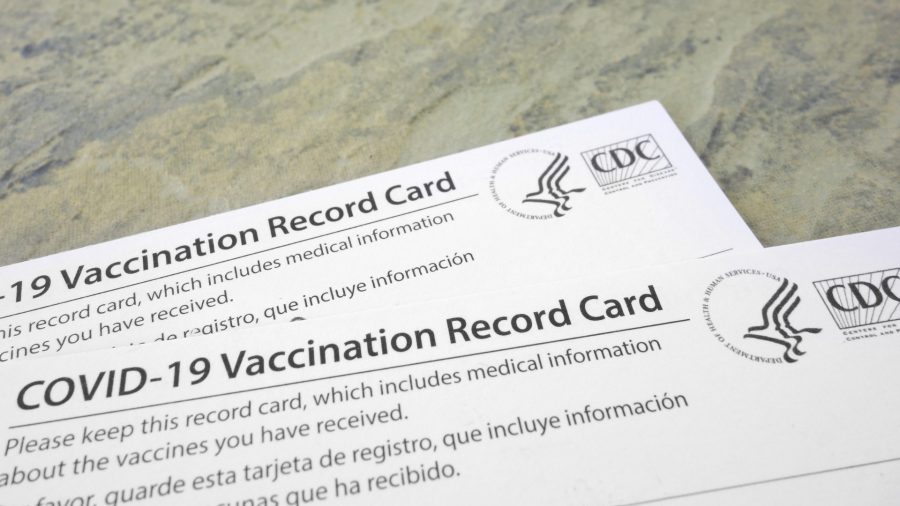Four years before COVID, a market analysis report by Grand View Research predicted the global food robotics market would attain a value of approximately $3.4 million, with a CAGR of 13.1% by 2025. COVID has rapidly accelerated the growth of the market to meet consumer needs. Food robots, for instance, cooked, delivered, and served food in places that included restaurants, malls, and hospitals-saving staff from infection.
By July 2020, the global food robotics market was valued at $1.9 billion, according to a Global Industry Analysts report that projected it to peak at $4.3 billion, with a CAGR of 12.1% by 2027. The report predicted the U.S. would dominate the market with an estimated size of $574.3 million, followed by China at around $755.1 million. Japan, Canada, and Germany would follow, with the Asia-Pacific region expected to score the fastest growth during that interim.
“I design robots for various food industries-all across the food and beverages spectrum, which includes restaurants and delivery services,” said Muhammed Mubin Mallick, founder and CEO of robotics companies, Mi-Robots and Kiran Smart. “I always believed the food robot revolution was going to come but was unsure when. Now, the demand for robotic solutions in restaurants increases from day to day!”
Category Overview
There are four types of restaurant robots: SCARA, articulated, parallel, and cylindrical robots. SCARA (selective compliance assembly robot arm) robots with their high throughput rates are mostly used for food processing to eliminate food contamination. Dominating the food and beverage industry, articulated robots take on the labor intensive, dangerous, or fragile jobs. Parallel robots, the second most popular robots in the food industry, pick, shelf, and package food products. Finally, cylindrical robots perform tasks such as loading and unloading machines.
All four categories are expected to grow significantly over the next six years.
“I live in Kuwait and I’ve seen drastic changes in demand of robots,” said Mubin Mallick. “People are asking for coffee maker robots, household services robots, dishwashing robots, and cooking robots. The global forecast shows that the Middle East falls at the low range of robotic solutions. But I’d say that even here, there’s mounting unimaginable demand.”
The fastest growing fields are packaging and palletizing applications (loading cartons onto pallets for shipping), where market share is variously expected to reach 33.8% and 22.0% by 2027, according to Reports and Data.
Key market players include Japan’s Mitsubishi Electric Corp. and Kawasaki Heavy Industries Ltd., Switzerland’s ABB Group, and Rockwell Automation Inc. in the U.S.
Moving Towards a Fully Automated Restaurant
“Robots can be found throughout the restaurant industry, flipping burgers to pouring the perfect cup of coffee or even preparing fast food ‘bowled’ meals,” said Mubin Mallick.
Robots cut operating costs, freeing employees for tasks like customer service and improving restaurant menus. They eliminate errors and work faster than humans. Robots provide consumers with an engaging and intuitive experience, leading to potential customer growth.
Robots also reduce food contamination-a growing concern in a COVID era.
In fact, COVID-19 is likely to accelerate the adoption of robotics, among other forms of automation, according to the Center for Strategic and International Studies.
COVID certainly supercharged food robotics by replacing human workers with robot counterparts. For example, Chowbotics’ Sally made 65 salad bowls a day for grocery stores, senior living communities, and the U.S. Department of Defense. Denmark’s UVD Robots’ self-driving robots delivered food to patients in China. Zhen Robotics saw heightened demand for its RoboPony, a self-driving cart that delivers up to 90 lbs. of food. And Beijing-based JD.com and Ele.me robots delivered meals to quarantined individuals in hotels.
“Many restaurants have to follow COVID requirements of hiring only 30% to 40% people because of social distancing regulations and to eliminate infections,” said Mubin Mallick. “So the chef needs assistance and this is where robots come in.”
COVID, in short, made restaurant robots a necessity rather than a novelty.
However, Max Elder, research director of the Food Futures Lab at the Palo Alto, California-based Institute for the Future, expects market demand to drop once the pandemic has eased.
“Food is so personal, and it needs to involve humans,” he told ABC News.
But Mubin Mallick disagreed. “By 2050 the world will be saturated with food robots, and-just like our smartphones-they’ll be everywhere,” he predicted. “Most robots will be PAL type-humanoid and mobile…You’ll find them in your offices, banks, shopping malls, and so forth. Imagine any place with food and a robot will be there.”










